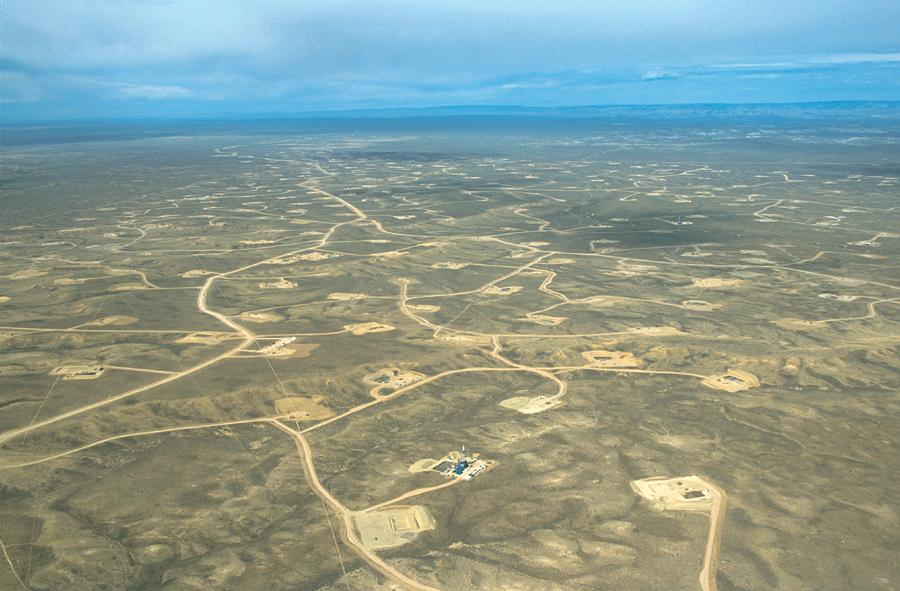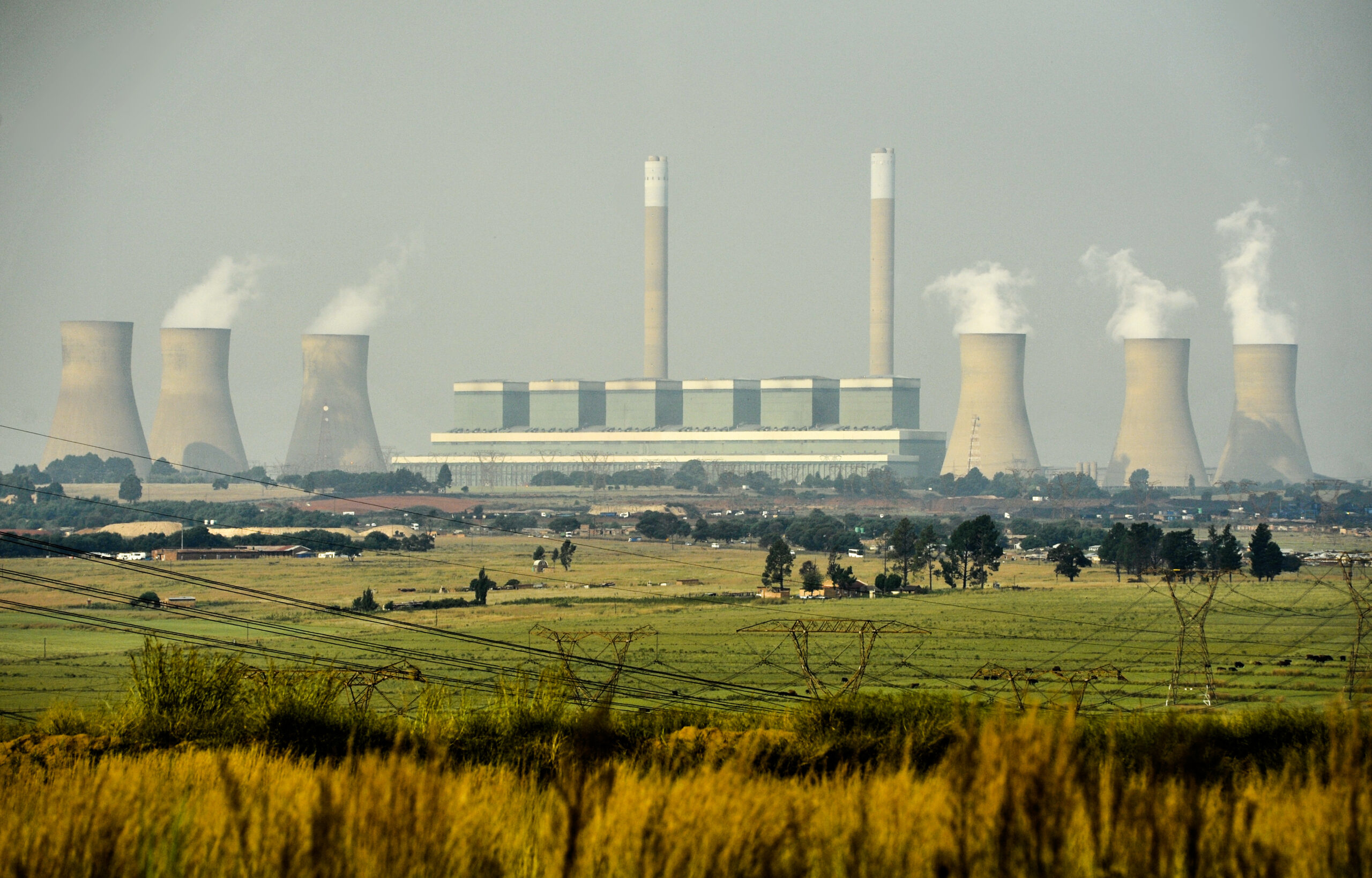The fightback against fracking in South Africa
Hydraulic fracturing, or fracking, is the process of drilling into the earth to inject rocks deep underground with water, chemicals or sand to reach oil or natural gas deposits. The term “fracking” comes from the word “fractured”, which is what happens to the earth when sand, water and chemicals are pumped into the ground at very high pressures.
Fracking is often used to find shale gas or gas trapped in fine-grained sedimentary rock. The technique is also for finding oil and gas reserves in other kinds of rock, like limestone or sandstone. Fracking happens horizontally or vertically.
Hydraulic fracturing in South Africa
There is no hydraulic fracturing in South Africa at the moment. This is despite previous pushes to introduce it in the Karoo region. Shale gas deposits were discovered in the Karoo, the Department of Minerals and Energy recently announced. The announcement hinted at the possibility that more exploration could be on the cards. Efforts to introduce fracking have encountered a number of legal and regulatory hurdles. There has been huge pushback by environmentalists and Karoo residents.
The history of fracking in South Africa is a recent one. Three companies wanted to start fracking in the Karoo between 2008 and 2010. The Minister of Mineral Resources, Mosebenzi Zwane, published regulations allowing for this in 2015. But, a court found that the rules were unlawful. In 2019, South Africa’s Supreme Court of Appeal upheld a previous ruling that the minister did not have the authority to issue these regulations. The process of issuing new regulations is underway.
Hydraulic fracturing for oil or natural gas extraction
To begin the fracking process, a well is drilled vertically until it reaches natural gas or oil. Once gas or oil has been reached, the drill bit turns 90 degrees and drills horizontally. A long piece of pipe is placed near the oil or natural gas layer of rock. This creates a borehole. A fluid mixture pumps into the borehole at extremely high pressure. This fractures the ground and releases the natural gas or oil.
Fracking fluid contains 90 per cent water, 9.5 per cent proppants and a 0.5 per cent mixture of a variety of different chemicals. Proppants keep the fractures open so that they do not close after the pressure from the fluid wears off. Proppants are sand or an artificially engineered version of it.

Why fracking is controversial
The process is controversial for two main reasons. Firstly, for the amount of water it uses and, secondly, for its environmental and public health impacts.
Impact of fracking on water
It uses an estimated 5.6 million litres of water per well, according to the United States Environmental Protection Agency (EPA). This reduces the amount of water available to local communities and taps into the available water resources, like lakes and rivers.
Environmentalists and public health experts have raised concerns about the impact of fracking.
Impact of fracking on public health
Fracking has an impact on pregnancy and birth outcomes, asthma, severe fatigue, migraines and stress. This is according to a 2019 study, “Environmental Health Concerns From Unconventional Natural Gas Development”, published in the Oxford Review of Public Health. The study analysed over 100 other studies on the impacts of fracking on health and the environment. Unconventional natural gas development (UNGD) includes horizontal drilling and hydraulic fracturing.
“This emerging evidence is of concern”, the researchers noted. “When is there enough evidence to regulate UNGD on the basis of health? At what point does society require evidence of benefits to proceed with development as opposed to evidence of negative impacts to slow development? Given the limited resources devoted to these investigations, along with the difficulty of obtaining information on the industry early on… what has been reported to date offers no reassurance that UNGD is likely to be safe for public health”, they said.
Environmental impacts of fracking
Fracking can sometimes affect drinking water, the EPA found in 2016. For example, injecting hydraulic fracturing fluids directly into the groundwater poisons the drinking water. Fracking fluid spills also contaminate supplies.
Furthermore, fracking causes higher salt levels in surface water near shale sites, research suggests. It also threatens underground water supplies.
What is more, it can make animals sick, according to some studies. It also increases the risk of earthquakes, according to research.
Fracking and climate change
Fracking leads to the burning of natural gas or oil, both fossil fuels. Some see natural gas as a cleaner alternative to coal. This is because it emits less carbon dioxide, but the methane emissions can offset any potential benefits to the atmosphere. In addition, it can negatively affect the air quality of the site because of the fumes from the burning of the fuel itself. Pollution from the heavy machinery and diesel trucks used on-site also affect air quality.
Shale oil and gas could cause rising levels of methane in the atmosphere, according to 2019 research from Cornell University, published in the journal Biogeosciences.
By-products of fracking
Fracking leaves behind billions of litres of wastewater. As a result, the EPA expressed concern about the potential damage to the environment and local water supplies through leakage.
This wastewater contains potentially toxic chemicals from the fracking fluid. It also contains natural toxins from underground, including radioactive material. Conventional water treatment facilities do not have the equipment to deal with all of these toxins, according to Greenpeace.
Opposition to fracking in South Africa
There has been great resistance to fracking in South Africa on environmental and legal grounds. This goes back to at least 2011.
#BanFracking campaign
Shell was one of the first applicants seeking to introduce fracking in a 30,000 square kilometre part of the Karoo. This area would have encompassed a number of small towns, which rely solely on groundwater for their water supply in an area notorious for water shortages. Agriculture and tourism sustain the Karoo, and the open vistas and rural landscapes are the main attraction. Locals worry that the fracking sites would be eyesores bringing economic devastation. As a result, environmentalists launched the #BanFracking campaign in 2018.

Government plans
South Africa’s government is yet to finalise the rules around fracking. In May 2021, the government published proposed new rules about fracking for public comment. Under the new rules, fracking is banned within five kilometres of most water sources, and fracking fluids are heavily regulated to protect drinking water supplies. Also, drillers would have to publish the list of chemicals used in their fracking fluids on their websites. If they do not, stiff jail sentences for non-compliance are on the cards.
It is not clear whether South Africa plans to allow fracking as part of its long-term energy strategy. But, it is clear that the government is considering it. In October 2019, Minister of Minerals and Energy, Gwede Mantashe, said that the country was pursuing “gas to power technologies”.
“Indigenous gas like coal-bed methane and ultimately local recoverable shale and coastal gas are options we are considering”, he said.
Johann Rupert, a billionaire and resident of the Karoo, is one of the most prominent opponents to fracking. “We are not against responsible exploration or extraction. We are against Russian roulette”, he reportedly said.
Related Articles
The bad reason South Africa is making good on emissions targets
If current carbon emission trends continue, South Africa might actually be on track to meet its 2030 emissions targets under the Paris Agreement. This is according to research done by the Department of Forestry, Fisheries and the Environment (DFFE). And the reason for this? Mostly load shedding. The data was revealed in the DFFE’s 2023 […]
Eskom: Green energy saves water
Generating electricity from fossil fuels has a hidden cost: South Africa’s already scarce supply of fresh water.




